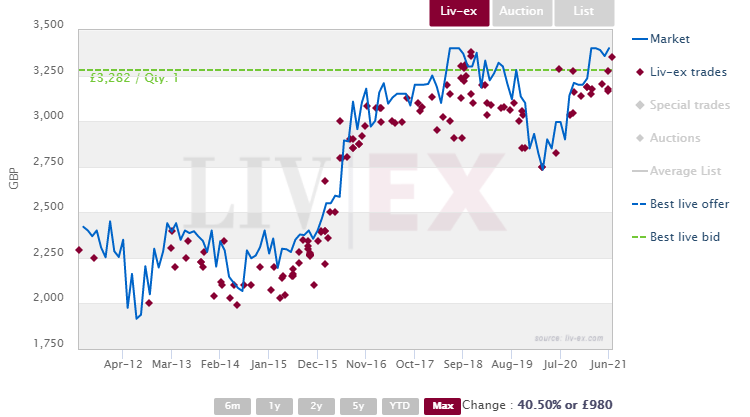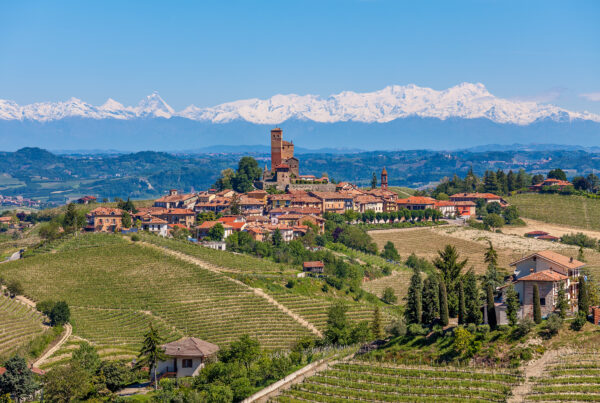A decade of underperformance ends for one of Bordeaux’s greatest and most expensive vintages – 2009. The 2010s continue to cost less than they did on release but have been on the rise. Is now the time to buy?
- The 2009 and 2010 vintages were released at the height of the China-driven bull market.
- They suffered big losses during the secondary market’s decline and have weighed heavily on balance sheets for the best part of a decade.
- Although many labels remain less expensive than they were on release, average prices are starting to climb once again.
Historical overview
The 2009 and 2010 vintages from Bordeaux have enjoyed (or perhaps endured) a rollercoaster journey since release. They were offered at record prices for their time, when the Bordeaux market was nearing its peak.
The 2009 En Primeur campaign launched amid a rising tide of demand from Asia and a global financial system awash with ready money. Robert Parker also notoriously declared: “2009 may turn out to be the finest vintage I have tasted in 32 years of covering Bordeaux.”
The market was at its peak when another highly praised vintage, the 2010, was offered at a 13% premium on average to the previous year. The 2009s had already appreciated by 10%.
But shortly after the 2010 En Primeur campaign, the secondary fine wine market fell into a steep downturn, leading both vintages to fall in value for the next five years.
Whereas the 2009s were spread among collectors looking for a taste of Parker’s favourite vintage and were held in cellars through the decline, the 2010’s were pulling down balance sheets and didn’t carry the same allure despite the praise.
Just as signs of recovery were showing, China’s government introduced a gift-giving ban that would prove to have a detrimental effect on Bordeaux prices. At the beginning of 2013, China’s new leadership under Xi Jinping cracked down on luxurious spending. Fine wine sales dried up. Merchants were stuck with excess wine stocks that would take years to deplete.
Performance 2015 – 2020
The 2009 and 2010s hit an all-time low at the end of 2015, when a 12×75 case was selling for under £2,100 on average (considering average 2010 case prices had been over £2,900 at the time of the downturn).
But sterling weakness following the Brexit referendum in June 2016 benefitted fine wine prices. Foreign currency buyers took advantage of the cheaper pound, stimulating demand and in turn driving prices up.
The momentum came to a halt, but prices held steady for much of 2018 and 2019. Another turn was around the corner.
Trump’s 25% US tariffs on most European wine under 14% ABV, related to the Boeing-Airbus dispute, quickly diminished American appetite for Bordeaux’s finest. Attention turned to tariff-free regions like Italy, Champagne, and higher alcohol wines from the Rhône.
Renewed interest
The past year, however, has seen renewed interest in 2009 and 2010 Bordeaux. They have been the third (2009) and fourth (2010) most traded Bordeaux vintages by value, and fourth (2010) and fifth (2009) by volume.
For the first time in years, the 2009s have turned positive too, reaching levels last seen in March 2012. A case now costs on average 6% more than on release – yet, if you buy now, you don’t need to worry about a decade of storage costs. The wines are (broadly) ready to drink too.
The 2010s continue to underperform as a group but individual labels are starting to see some gains, as explored in July’s Market Report, available to Silver+ members of Liv-ex.
Angélus 2010

Liv-ex members can also access numerous Live opportunities across Bordeaux 2009 and 2010.
Not a Liv-ex member? Request a demo to see the exchange and a member of our team will be in touch with you shortly.






